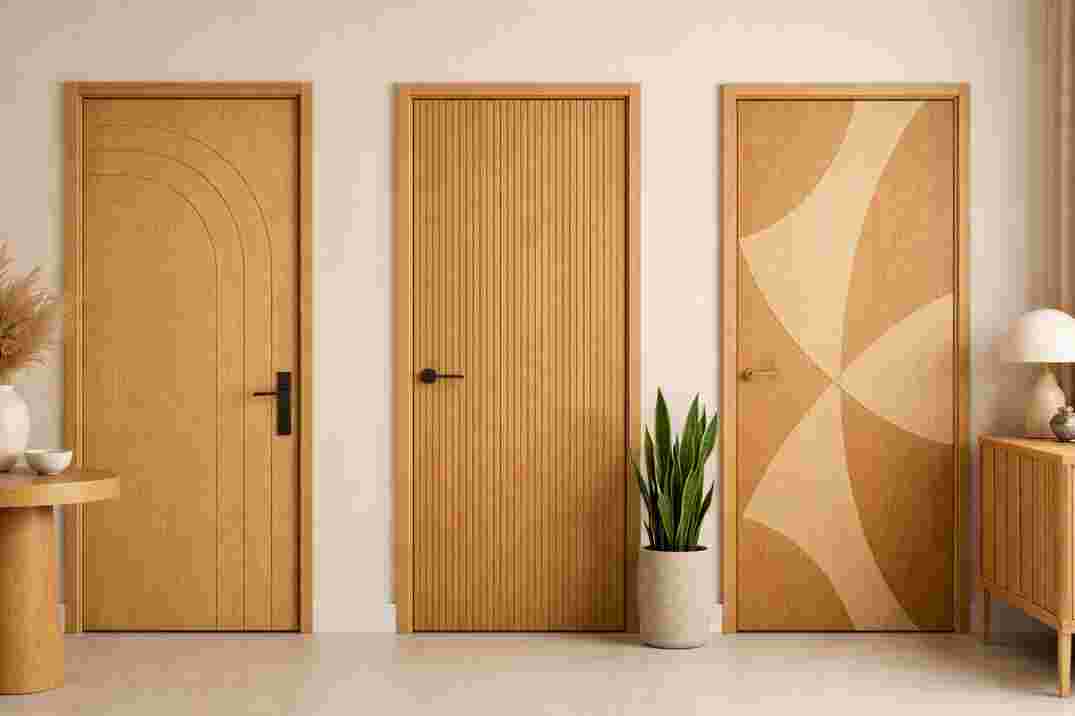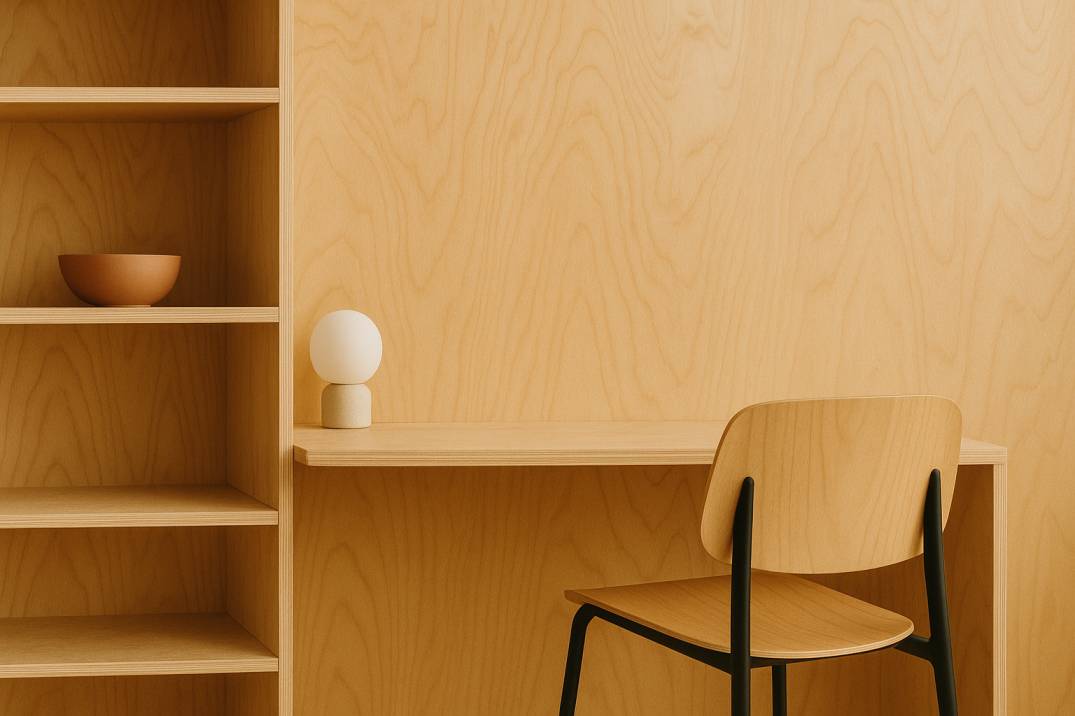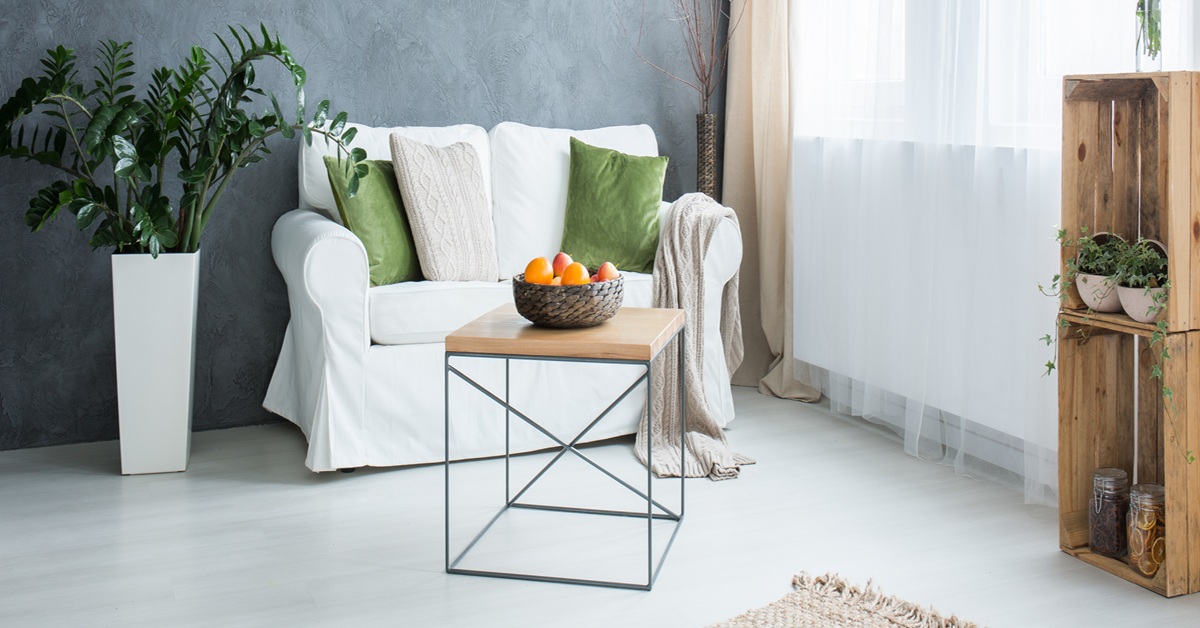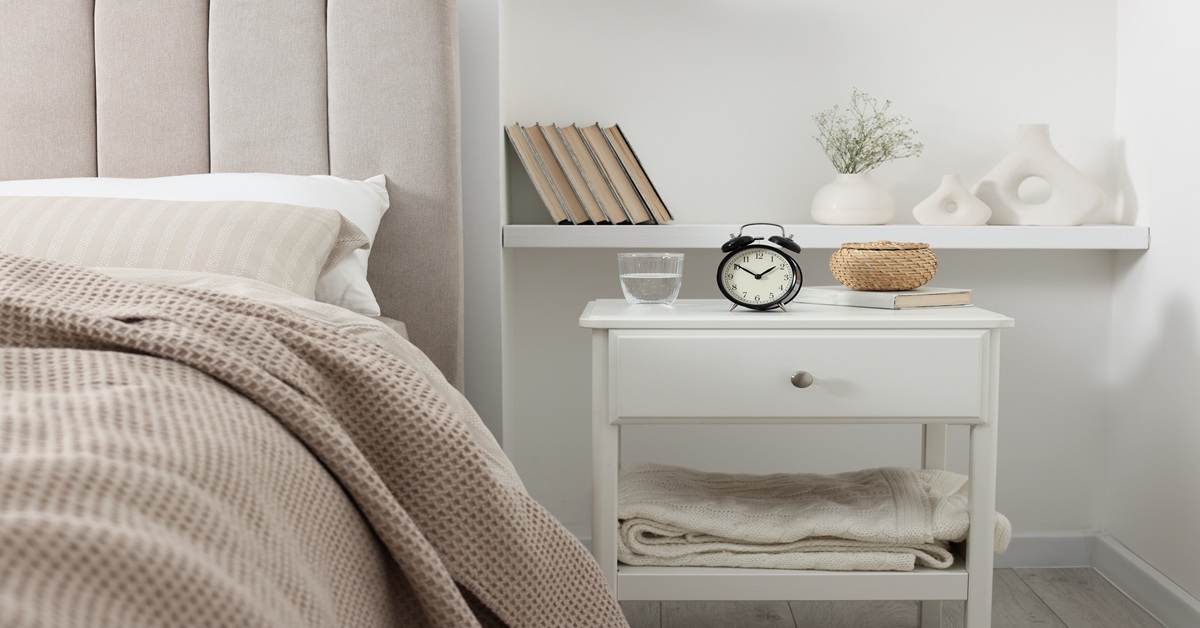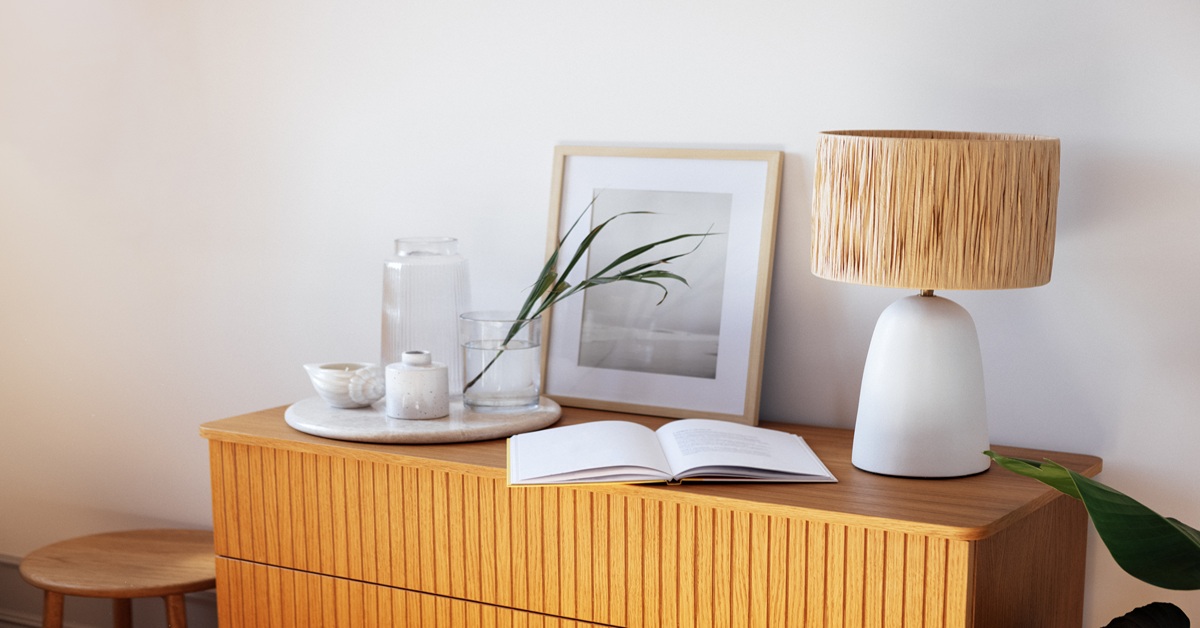Plywood is a versatile and essential material used in construction, furniture making, and various DIY projects. Understanding the different sizes and dimensions of plywood is crucial for ensuring that your project is executed efficiently and effectively. This blog will guide you through the various plywood sizes, explain how to choose the right dimensions for your specific needs, and provide tips for optimizing plywood usage.
Understanding Standard Plywood Sizes
Plywood comes in various sizes and thicknesses, each suited for different applications. The dimensions of plywood sheets are typically measured in feet and inches or millimeters. Here’s a breakdown of the standard sizes and what they mean for your projects:
1. Standard Sheet Sizes
- 4×8 Feet (1220×2440 mm): This is the most common size for plywood sheets. It is widely used in construction and cabinetry due to its manageable size and ease of handling. This size is ideal for wall sheathing, flooring, and large furniture pieces.
- 5×5 Feet (1525×1525 mm): Also known as a “full sheet,” this size is often used in specialty applications, such as specific cabinetry designs or custom projects that require a larger sheet with fewer seams.
- 4×10 Feet (1220×3050 mm): This larger size is useful for applications that require fewer seams and larger panels, such as wall coverings and large furniture pieces. It is also beneficial for reducing waste in larger projects.
2. Thickness Variations
- 1/8 inch (3 mm): Thin plywood is used for applications like decorative panels, lightweight projects, and as backing material.
- 1/4 inch (6 mm): Suitable for small furniture, cabinetry backing, and craft projects. It offers more stability than 1/8 inch plywood while remaining lightweight.
- 1/2 inch (12 mm): A popular choice for structural applications, including cabinetry, shelving, and paneling. It provides a good balance between strength and weight.
- 3/4 inch (18 mm): Ideal for heavy-duty applications such as flooring, workbenches, and large furniture pieces. It offers superior strength and durability.
- 1 inch (25 mm) or more: Used for specialized applications where maximum strength and stability are required, such as structural support beams or heavy-duty shelving.
Choosing the Right Plywood Size for Your Project
Selecting the appropriate plywood size involves considering several factors related to your project’s requirements, including dimensions, strength, and ease of handling. Here’s a guide to help you make the best choice:
1. Assess Your Project’s Needs
- Project Dimensions: Measure the dimensions of your project area to determine the size of the plywood sheets you’ll need. If your project involves large panels or surfaces, opt for larger sheet sizes (e.g., 4×10 feet) to minimize seams and joints.
- Strength and Stability: Choose the thickness of plywood based on the load-bearing requirements of your project. For structural applications, such as flooring or cabinetry, thicker plywood (e.g., 3/4 inch) provides greater strength and stability.
2. Minimize Waste
- Efficient Cutting: Plan your cuts and layout to minimize waste. Using larger sheets for larger areas can reduce the number of seams and leftover pieces. For smaller projects, cut the plywood to the exact dimensions needed to avoid excess material.
- Optimization: Consider purchasing plywood sheets that match your project’s dimensions as closely as possible. This reduces the need for extensive cutting and fitting, leading to less waste and a more efficient workflow.
3. Consider Handling and Storage
- Size and Weight: Larger sheets, such as 4×10 feet, can be heavier and more challenging to handle. Ensure you have the necessary tools and assistance for cutting and installing larger sheets. For smaller projects, standard 4×8 feet sheets are more manageable and easier to handle.
- Storage Space: Ensure you have adequate storage space for the plywood sheets before cutting or installation. Proper storage prevents warping and damage and ensures that the sheets remain in good condition until use.
4. Match Thickness to Application
- Structural Applications: For applications requiring structural integrity, such as flooring or large furniture, choose thicker plywood (e.g., 3/4 inch). Thicker plywood provides the necessary strength and durability.
- Decorative and Lightweight Projects: For projects that do not require heavy-duty support, such as decorative panels or craft projects, thinner plywood (e.g., 1/4 inch) is sufficient and easier to work with.
5. Special Considerations
- Pre-Finished Plywood: Some projects may benefit from pre-finished plywood, which comes with a ready-to-use surface. This eliminates the need for additional finishing work and can save time.
- Custom Sizes: For unique projects or specific design requirements, custom-sized plywood sheets can be ordered. This option ensures that you get the exact dimensions needed for your project, reducing the need for extensive cutting.
Tips for Working with Plywood
1. Use Proper Tools
- Cutting Tools: Use a circular saw or table saw for cutting plywood sheets accurately. Ensure your blades are sharp to achieve clean cuts and avoid splintering.
- Measuring Tools: Use a measuring tape, square, and straightedge to ensure precise measurements and cuts.
2. Prepare for Installation
- Pre-Drilling: Pre-drill holes before screwing or nailing plywood to prevent splitting and ensure a secure fit.
- Surface Preparation: Ensure the surface where the plywood will be installed is clean and level. Proper preparation prevents issues with adhesion and alignment.
3. Safety Considerations
- Protective Gear: Wear safety glasses, gloves, and a dust mask when cutting or handling plywood to protect yourself from sawdust and debris.
- Ventilation: Ensure proper ventilation in your workspace, especially when working with adhesives or finishes that may release fumes.
Conclusion
Choosing the right plywood size and thickness is crucial for the success of your project. By understanding standard plywood dimensions, assessing your project’s needs, and considering factors like waste minimization and handling, you can make informed decisions that ensure optimal results. Whether you’re working on a large construction project, crafting furniture, or tackling a DIY endeavor, selecting the appropriate plywood size and thickness will enhance the quality, efficiency, and overall success of your work.



